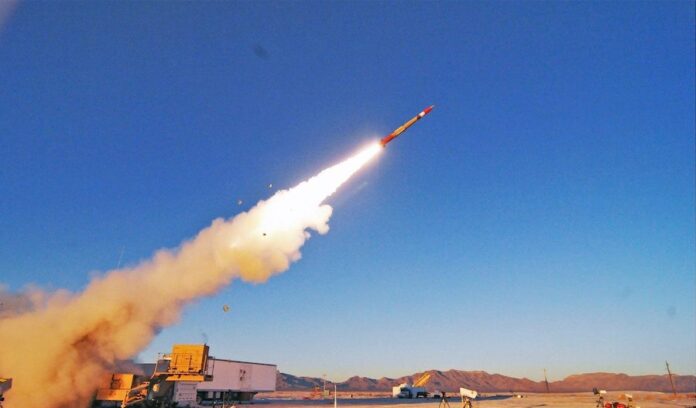Missile Defense Systems: What They Are and How They Work
Missile defense systems are used to protect against threats from ballistic missiles. These systems detect, track, and intercept missiles before they can reach their intended targets. Governments and military organizations use missile defense systems to protect against the threat of missile attacks, accidental missile launches, and the launch of missiles by rogue states or non-state actors.
There are several types of missile defense systems, including ground-based interceptor systems, air defense systems, and space-based systems. Ground-based interceptor systems use ground-based interceptor missiles to intercept incoming missiles. Air defense systems use aircraft or missiles to intercept incoming missiles. Space-based systems use satellites or other space-based assets to detect and track incoming missiles.
One example of a ground-based interceptor system is the United States’ Ground-Based Midcourse Defense (GMD) system. This system is designed to intercept long-range missiles in the midcourse phase of their flight. The Patriot missile and the U.S. Navy’s Aegis Combat System are examples of air defense systems. The U.S. Space Tracking and Surveillance System (STSS) is an example of a space-based system.
Missile defense systems provide a critical layer of protection against the threat of missile attacks. However, there are ongoing debates about their effectiveness and concerns about their potential to destabilize the global balance of power. In addition, these systems can be expensive to develop, test, and deploy.

